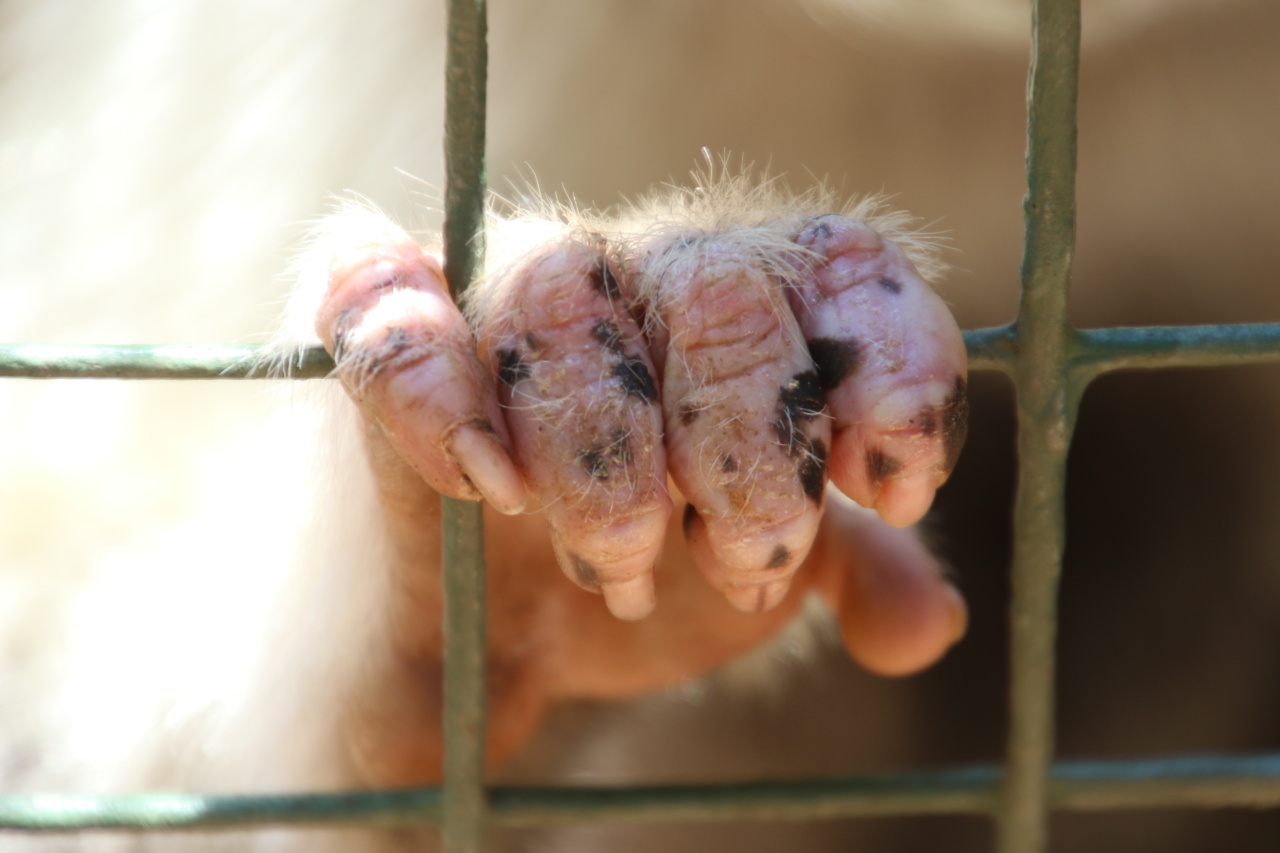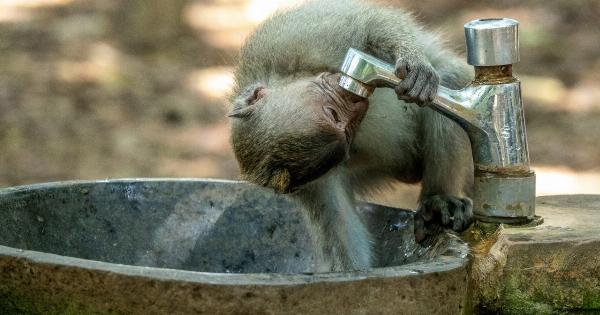Monkey finger pointing is a fascinating aspect of primate behavior that has been observed primarily in monkeys and apes. It refers to the act of pointing at objects or individuals using their fingers, much like humans do.
While initially considered an innate behavior in primates, recent studies have shown that monkey finger pointing can also be contagious among monkeys, and interestingly, even among humans.
The Contagious Nature of Monkey Finger Pointing
Research conducted by primatologists has demonstrated that monkey finger pointing can be socially transmitted among individuals within primate communities.
Primates such as monkeys and apes learn from observing and imitating the behavior of their peers, especially those within their social group.
When one monkey engages in finger pointing, others in its vicinity often show heightened interest in the object or individual being pointed at. This contagious behavior indicates the potential presence of social influence within primate communities.
The observation and replication of this behavior showcase how primate societies can adopt certain gestures, such as finger pointing, as a means of communication and coordination.
Psychological Factors Behind Contagious Behavior
Various psychological factors contribute to the contagious nature of monkey finger pointing.
One such factor is mirror neurons, which are specialized cells in the brain that become active both when an individual performs an action and when they observe someone else performing the same action.
When a monkey observes another monkey pointing at something, mirror neurons in the observer’s brain are activated, leading to a neurological representation of the observed action.
This representation then prompts the observer to imitate the pointing behavior, thereby perpetuating the contagious aspect of finger pointing.
Additionally, primate communities rely on social learning, and finger pointing serves as a valuable tool for sharing information and resources. Monkeys and apes often engage in cooperative behaviors and rely on each other for survival.
By pointing at objects of interest or potential threats, they enhance their ability to communicate and coordinate within their group.
Social Implications of Monkey Finger Pointing
The contagious nature of finger pointing among monkeys can have broader social implications. As humans are also primates who share common ancestry with monkeys and apes, we are not entirely exempt from this contagious behavior.
Within human societies, finger pointing is often used as a means of drawing attention, indicating blame, or expressing agreement. It can influence how we perceive objects, individuals, or events and can shape our judgments and actions.
When individuals observe others pointing at something, they might also feel compelled to look in that direction and direct their attention accordingly.
Furthermore, the contagious nature of monkey finger pointing can amplify certain social phenomena, such as the spread of rumors or the diffusion of information.
When one person points at something, it is not uncommon for others to follow suit, perpetuating the transmission of information or gossip.
Combatting Contagious Behavior
While monkey finger pointing can be contagious, it is crucial to recognize the potential downsides and actively work towards mitigating any negative consequences.
One approach is to promote individual critical thinking and awareness of our own behavior.
By encouraging individuals to question the motives behind their actions and the influence of others, we can reduce the automatic replication of contagious gestures.
Education also plays a crucial role in combatting contagious behavior.
Teaching individuals about the psychological factors at play and the potential biases introduced by social influence can enhance their ability to make independent, informed decisions.
Additionally, fostering a culture of empathy and open-mindedness can help combat the negative aspects of contagious behavior.
By encouraging understanding and active listening, we can create an environment where individuals consider alternative viewpoints rather than blindly following the actions of others.
Conclusion
Monkey finger pointing may have originated as an innate behavior among primates, but its contagious nature reveals the presence of social influence within primate communities.
Understanding the psychological factors contributing to this contagion and recognizing its social implications are essential steps in combatting its negative consequences.
By actively promoting critical thinking, education, and empathy, we can reduce the automatic replication of contagious behavior and empower individuals to make independent choices.
As primates ourselves, we have the capability to break the cycle of monkey finger pointing and forge our own path.





























